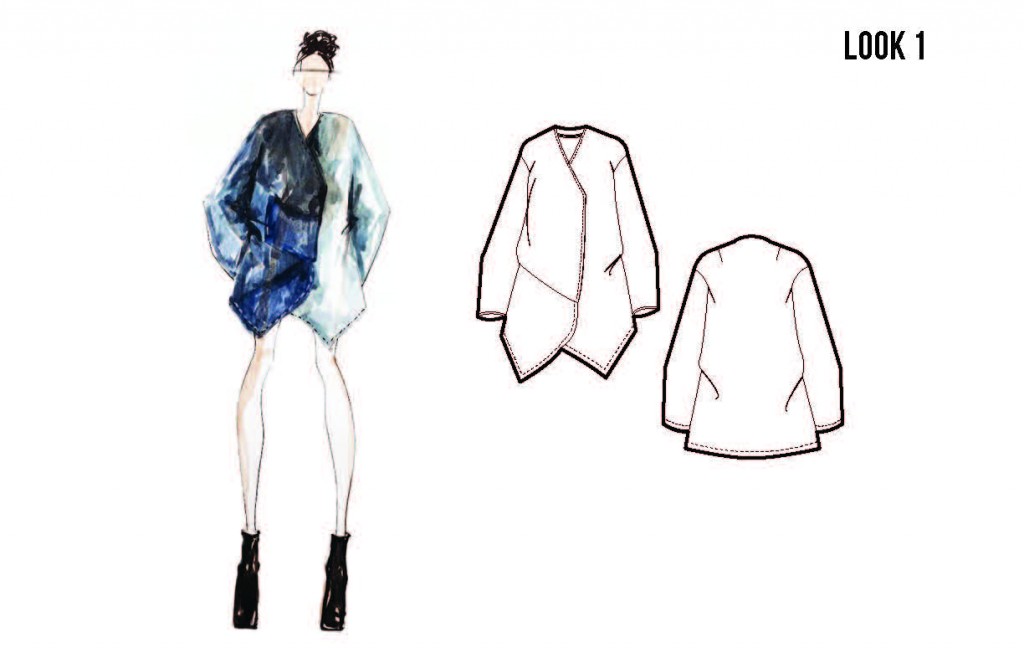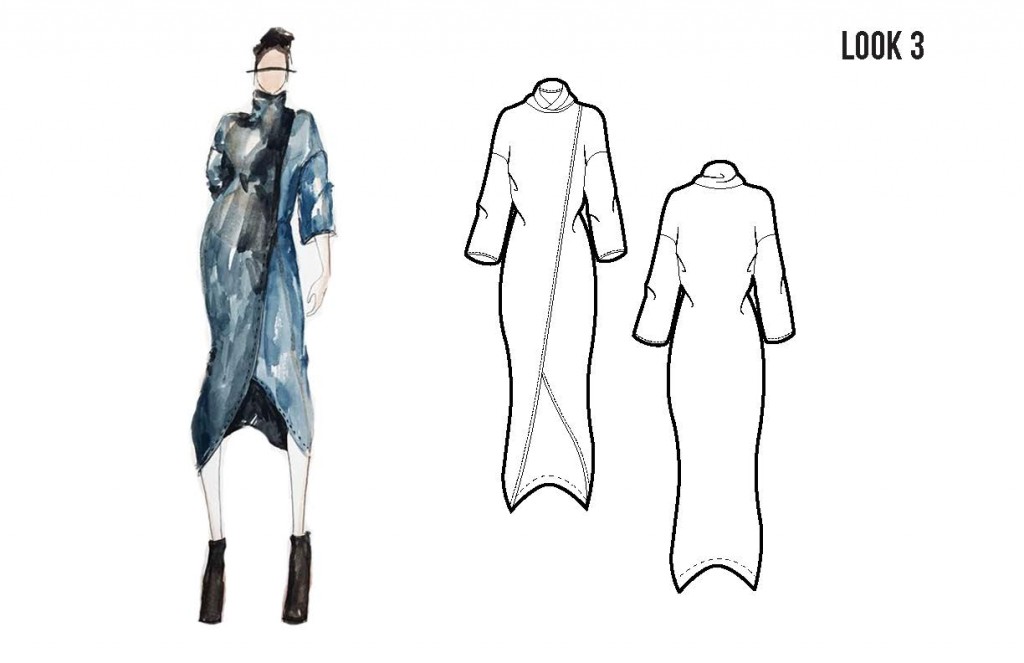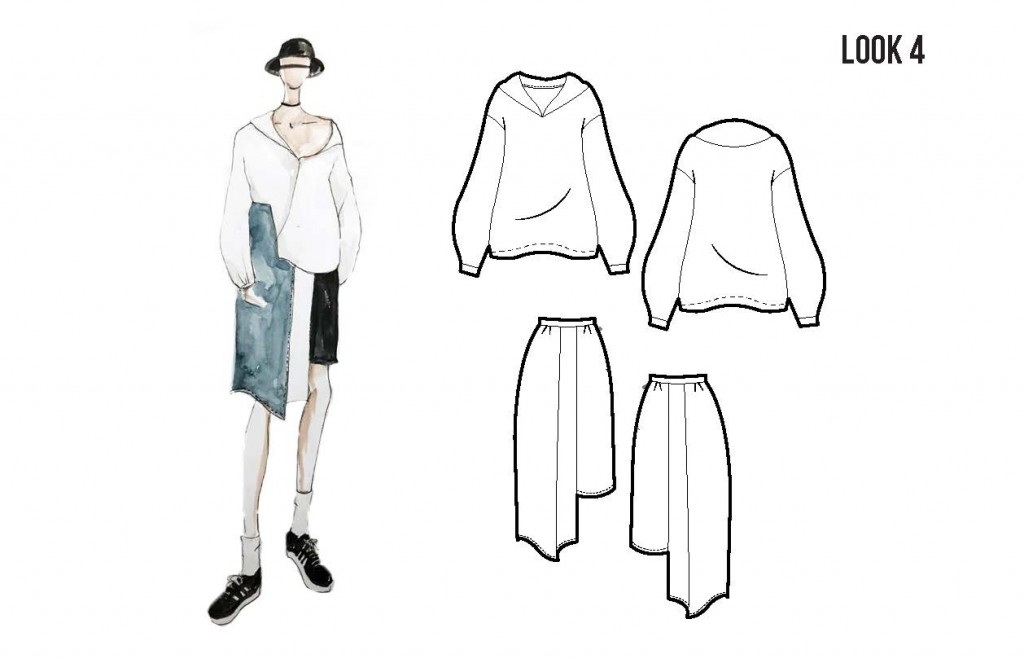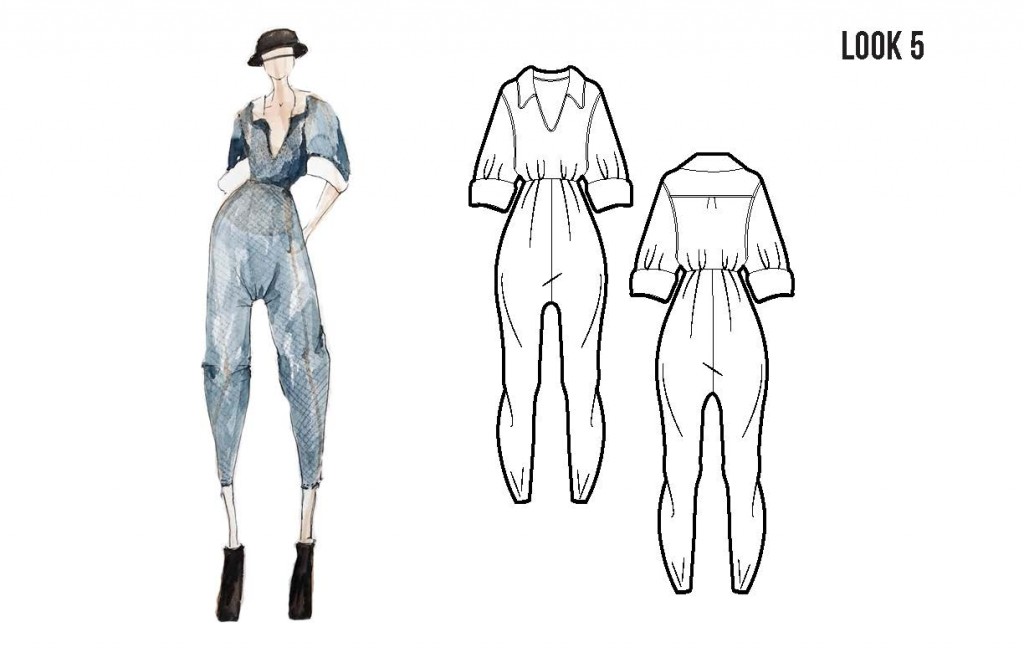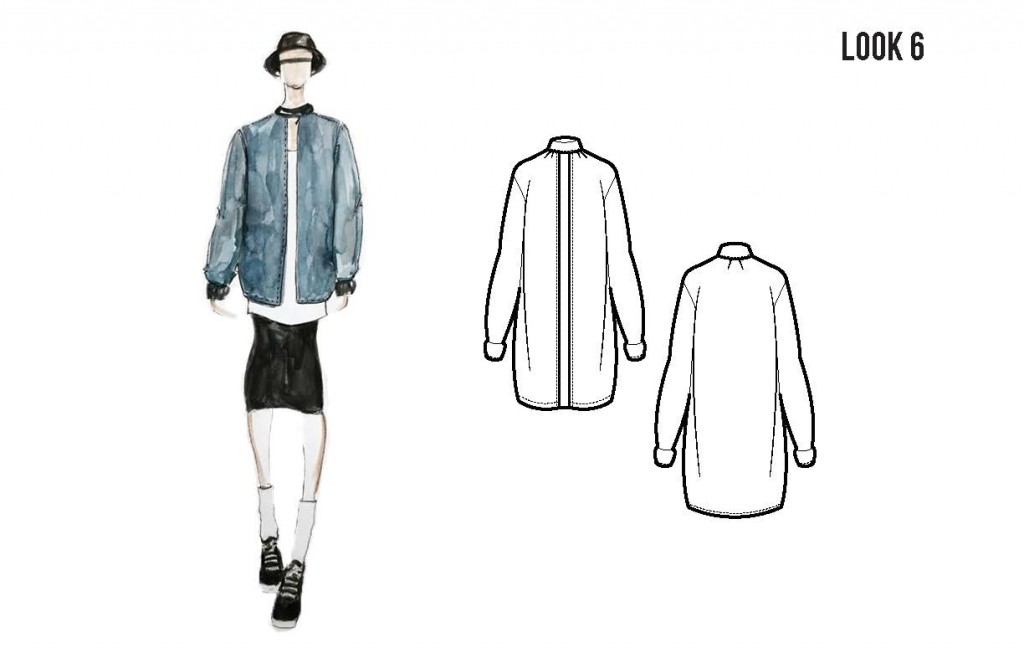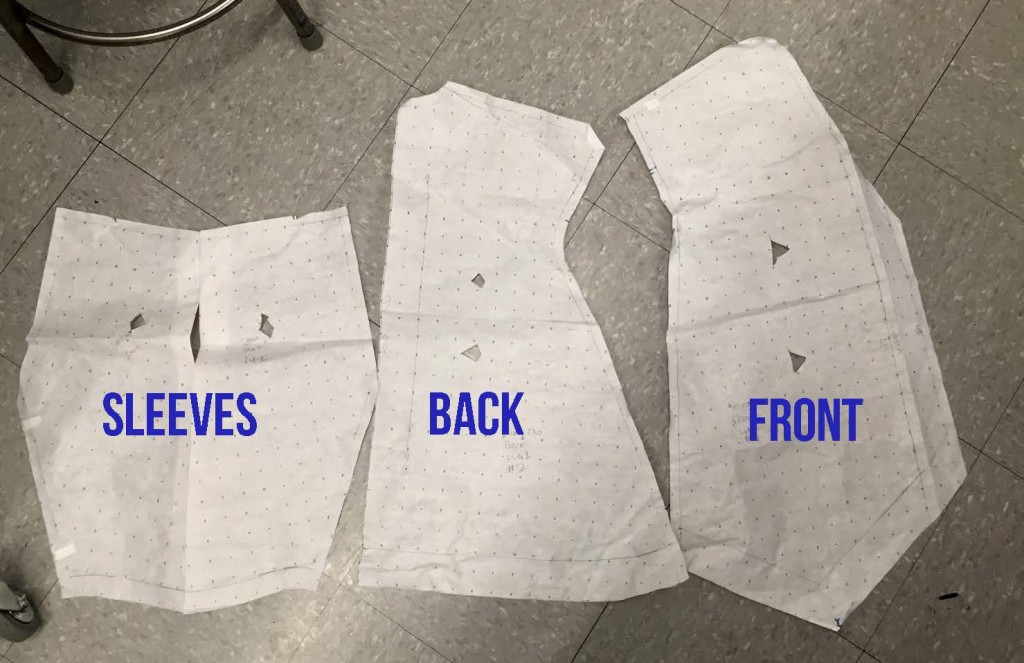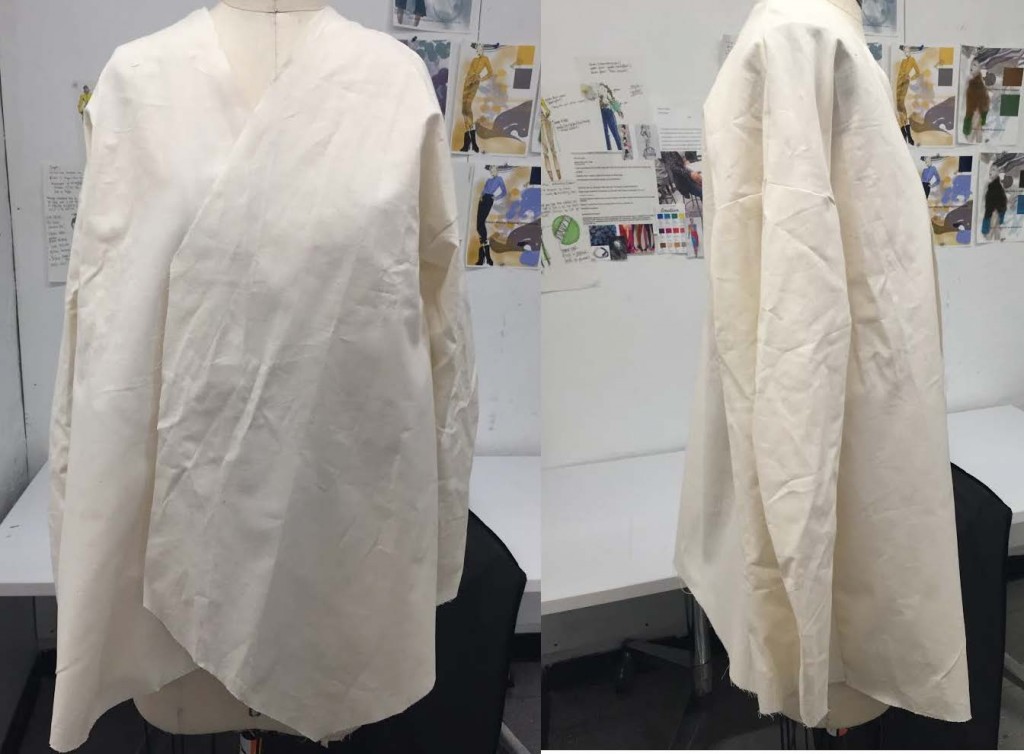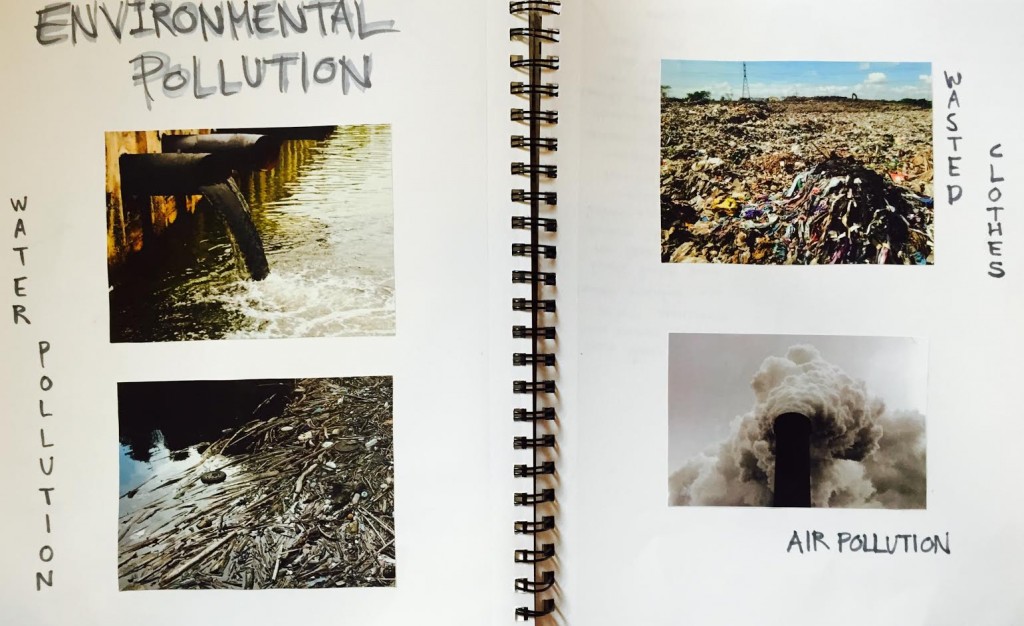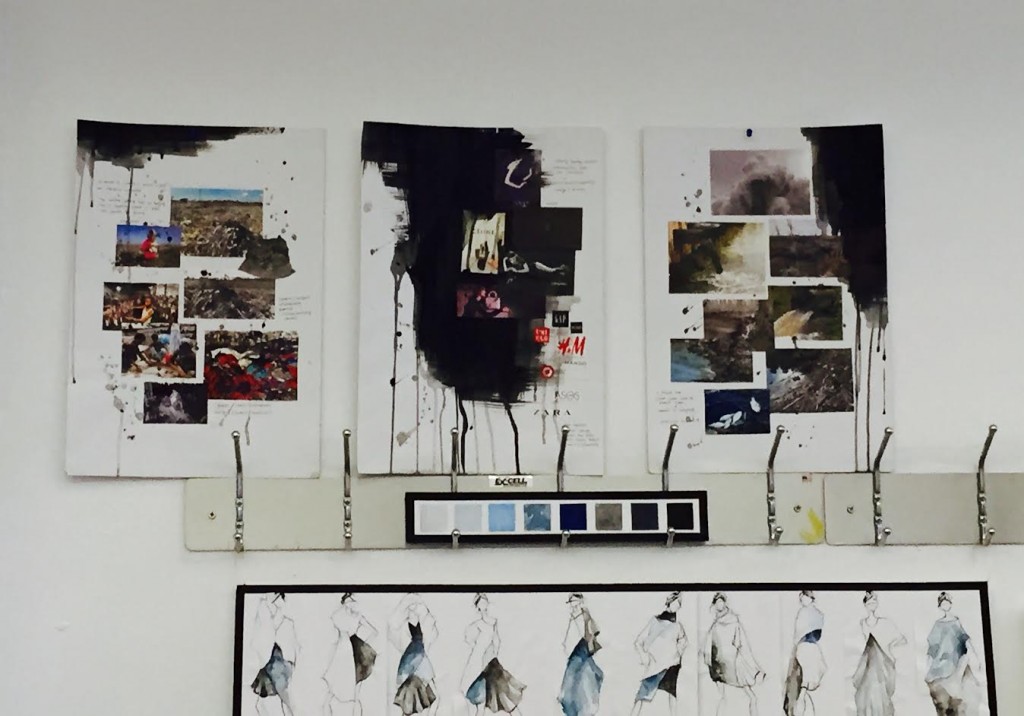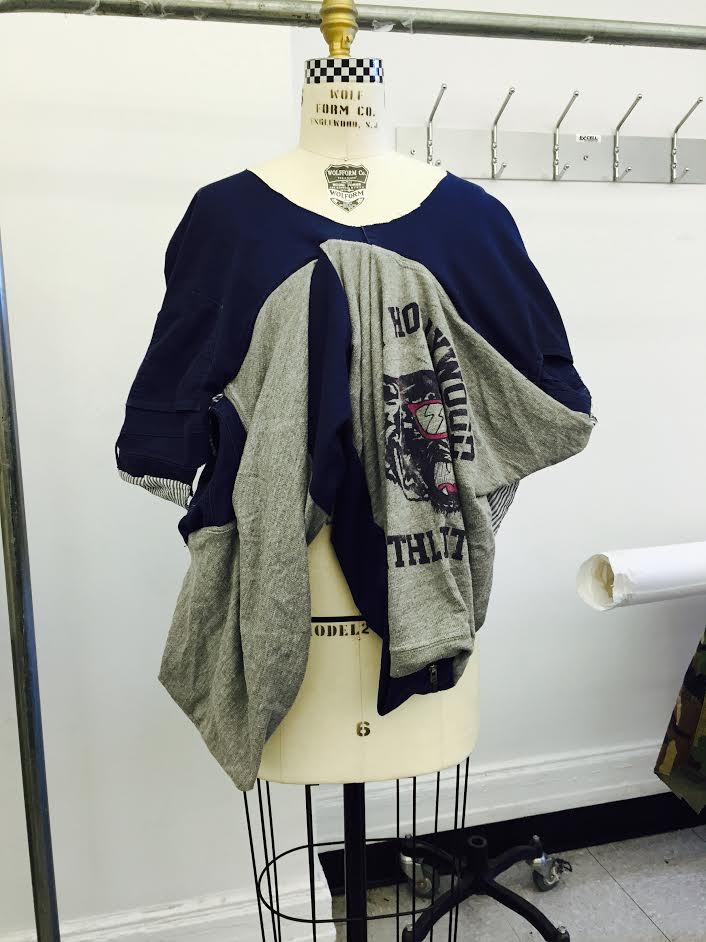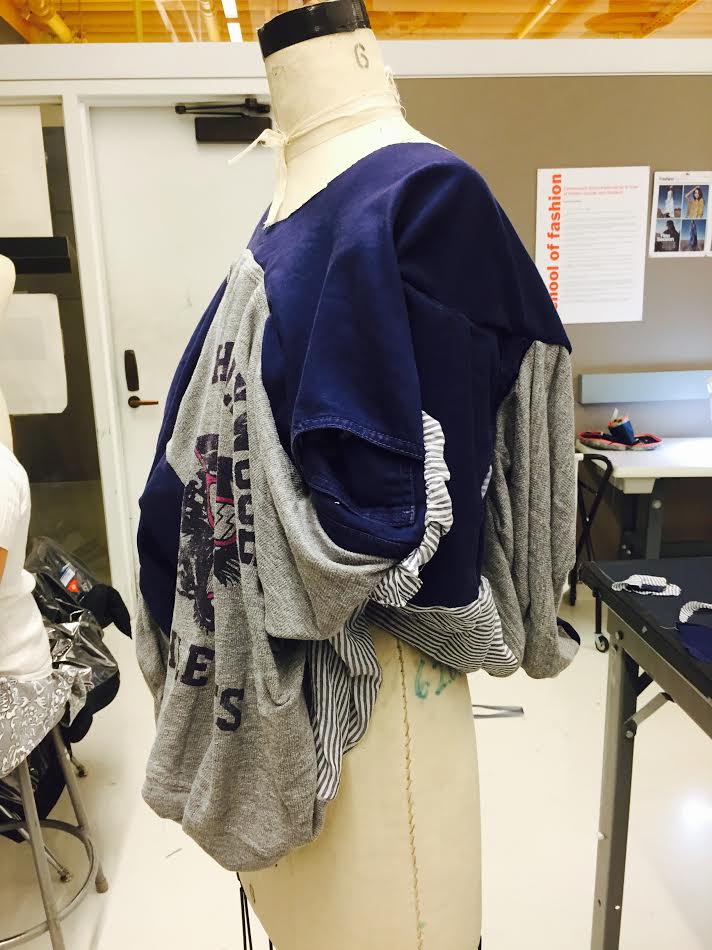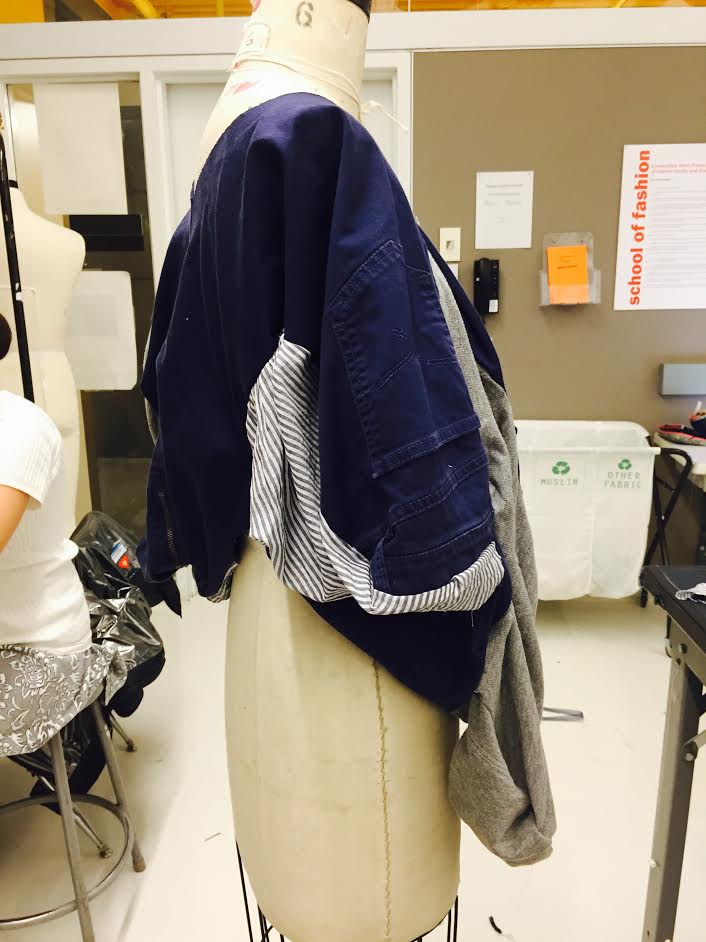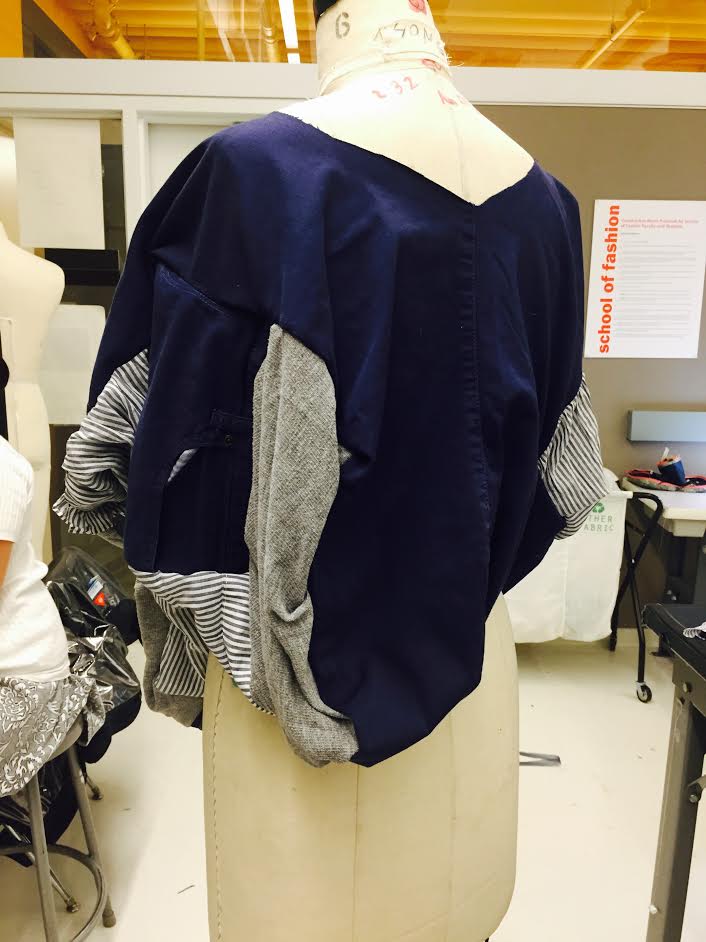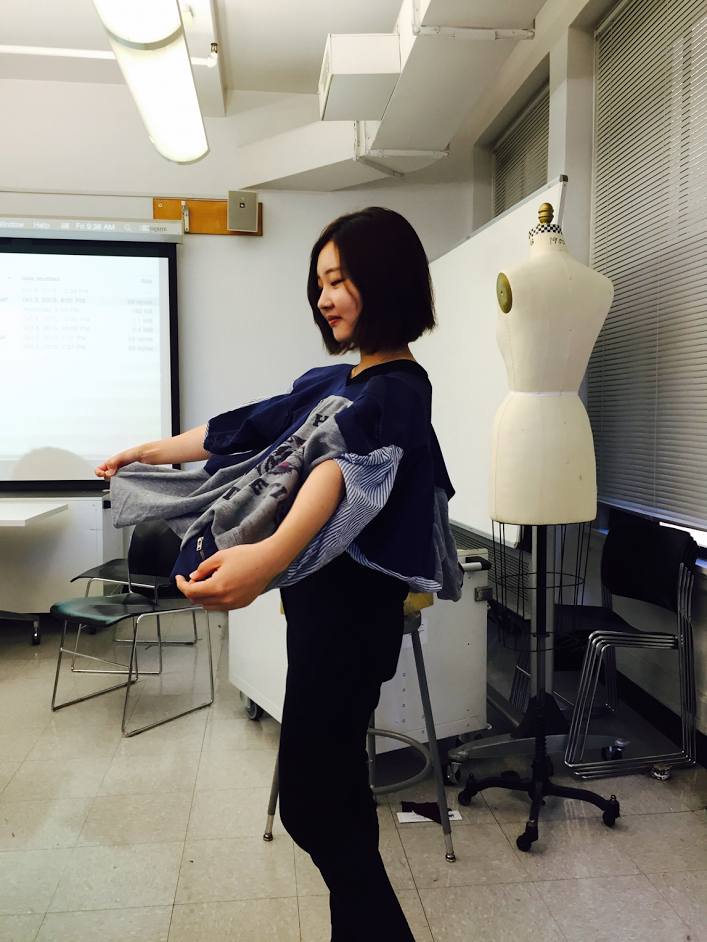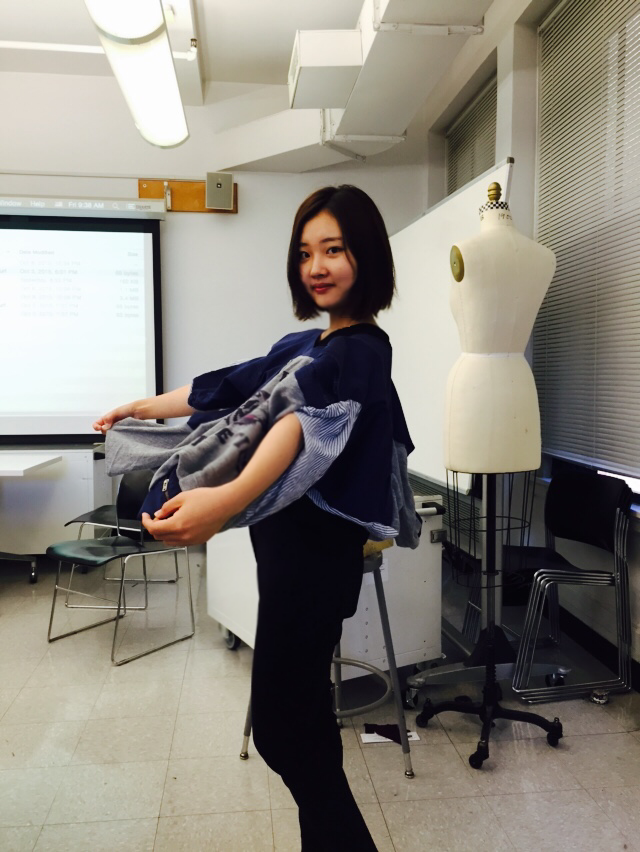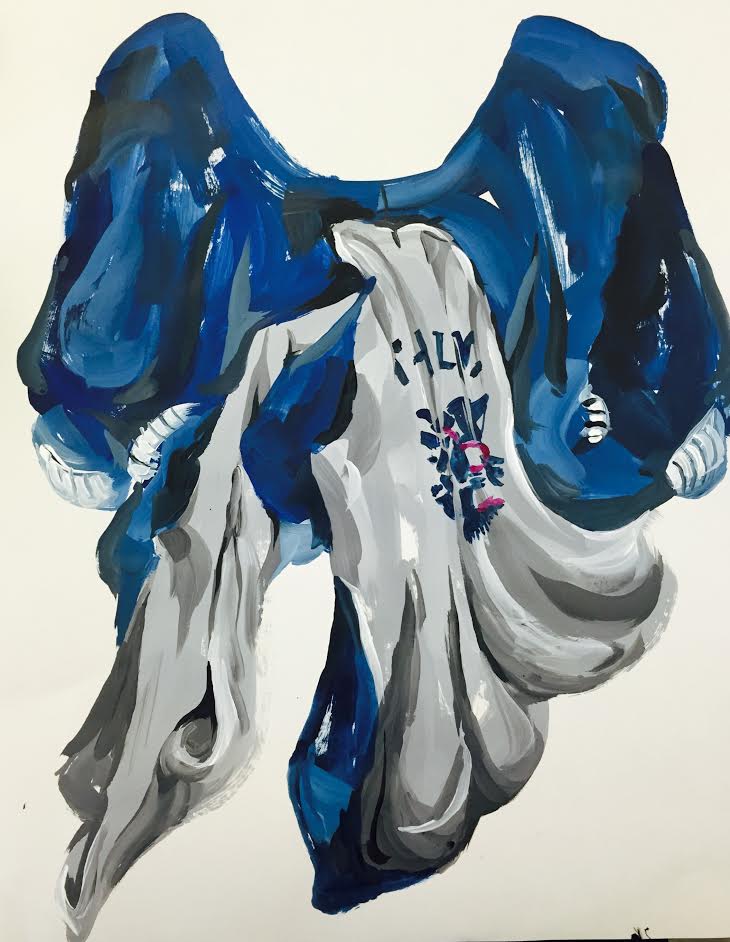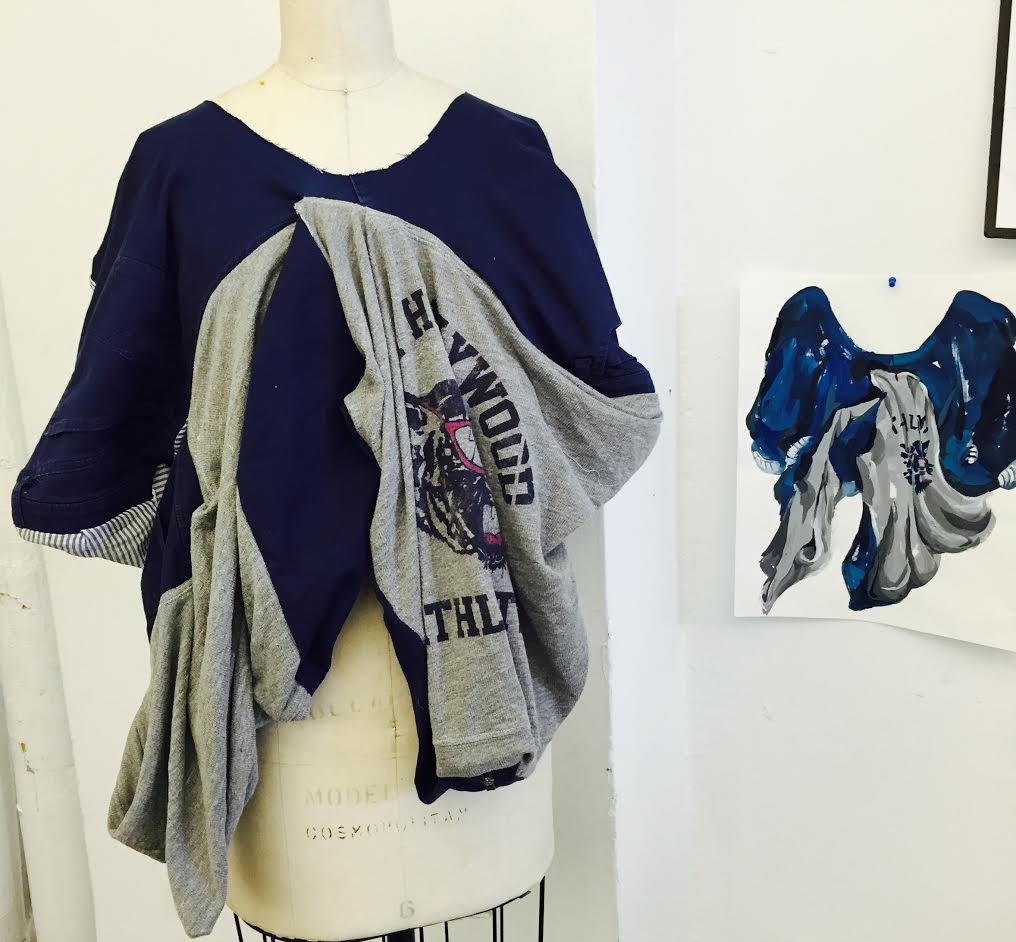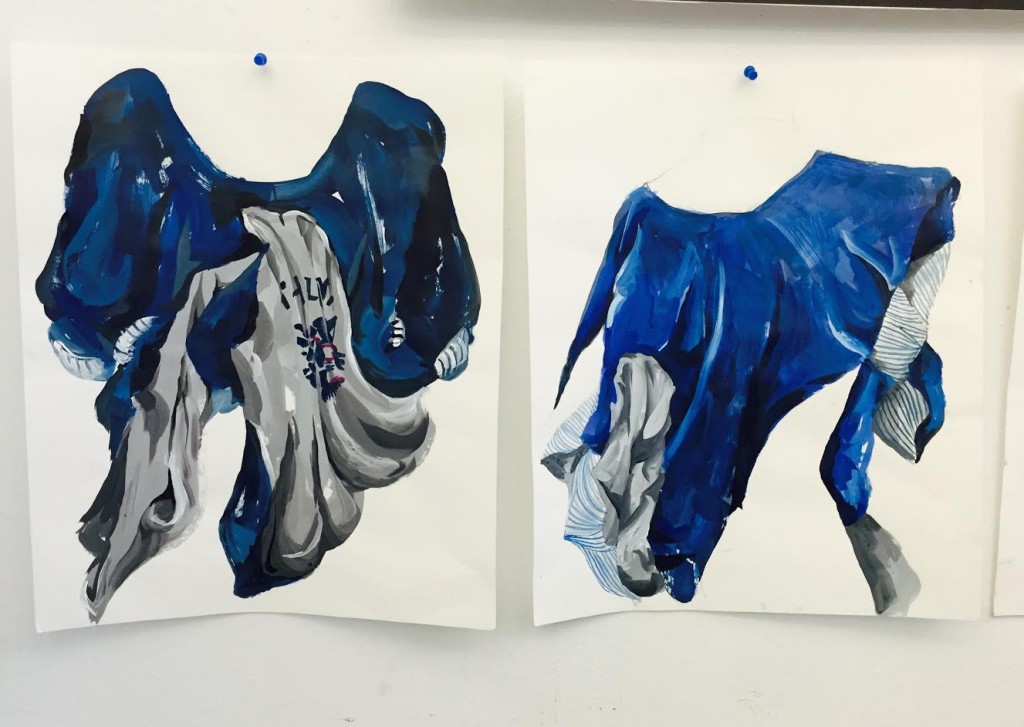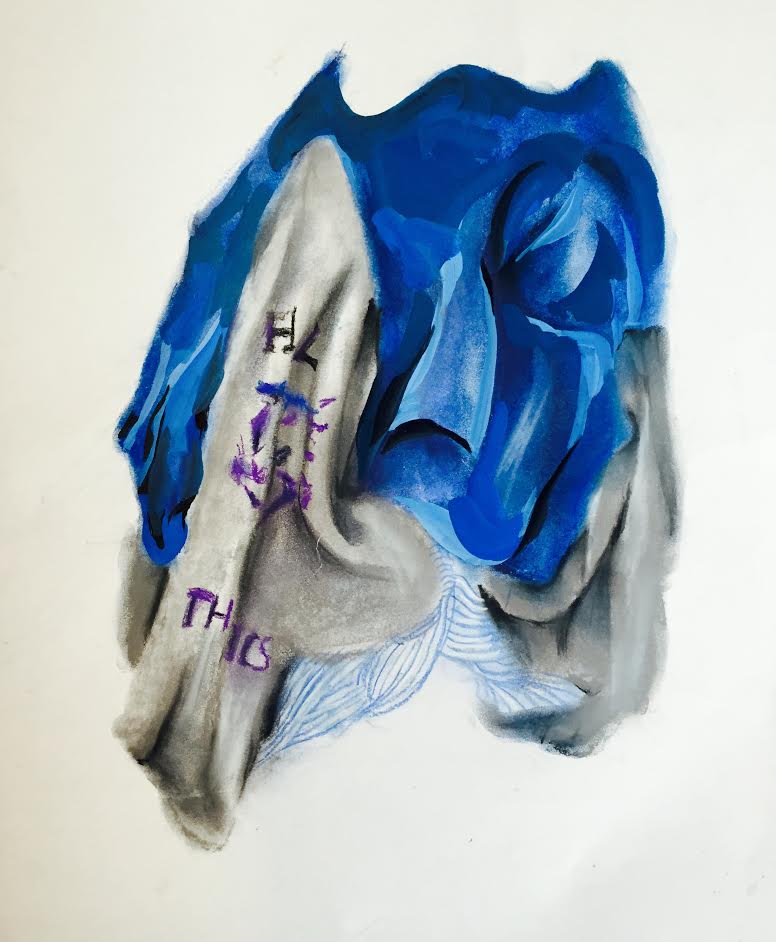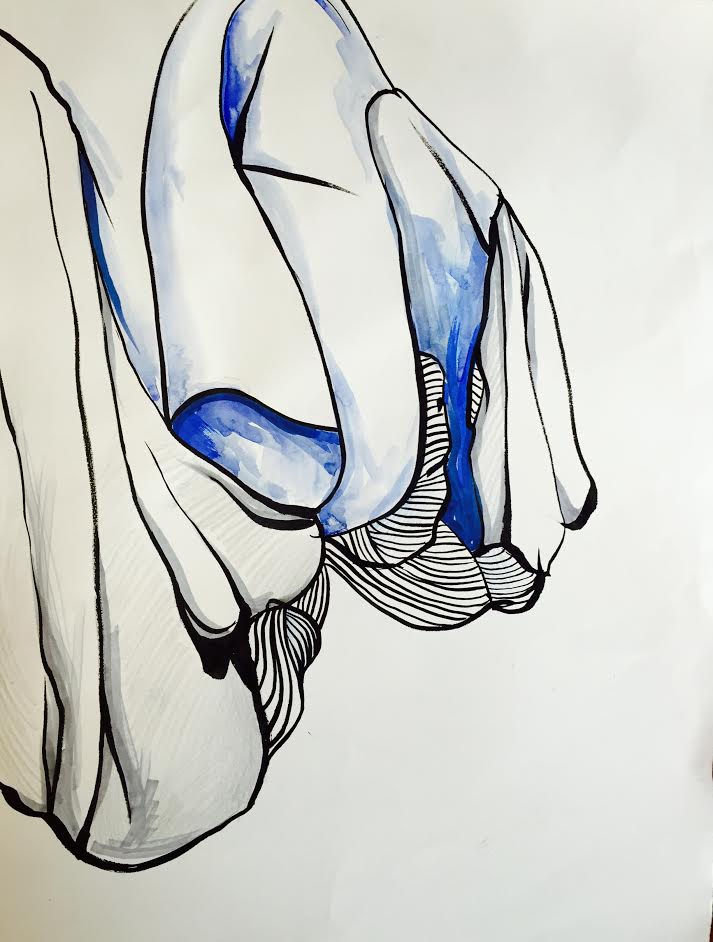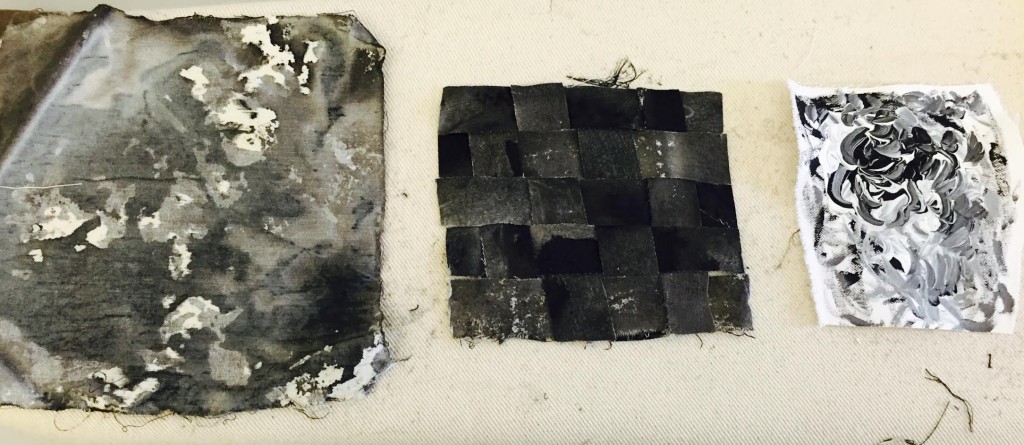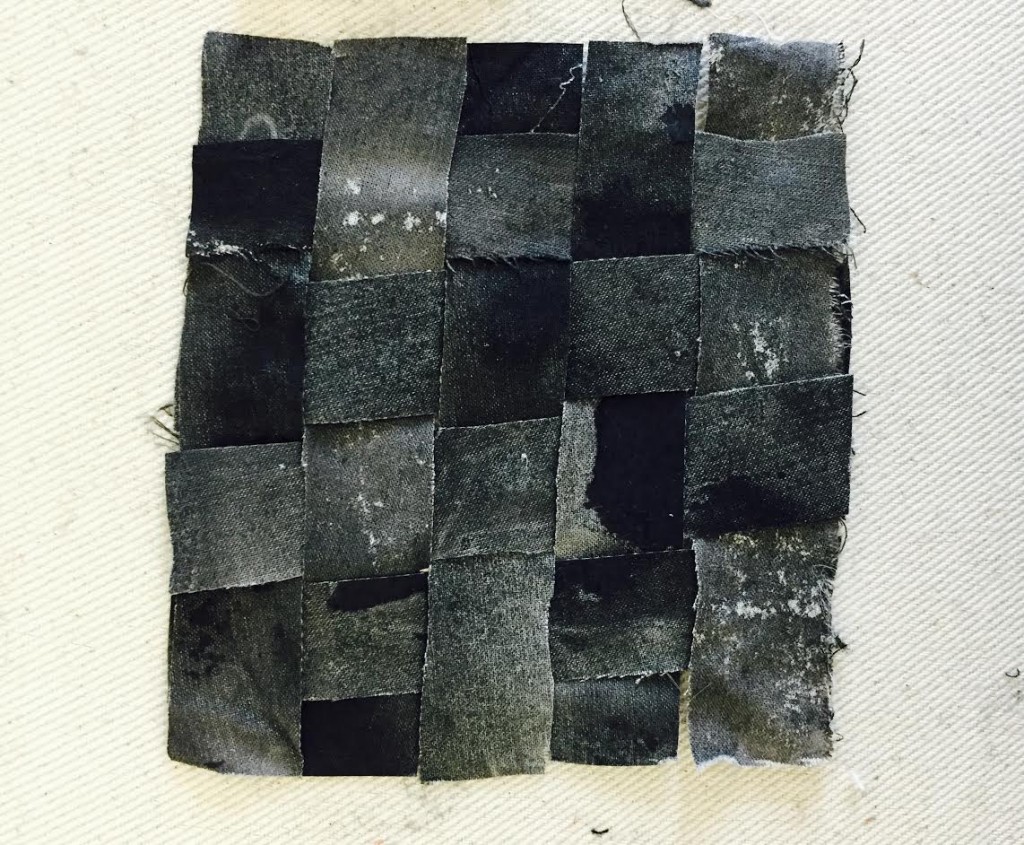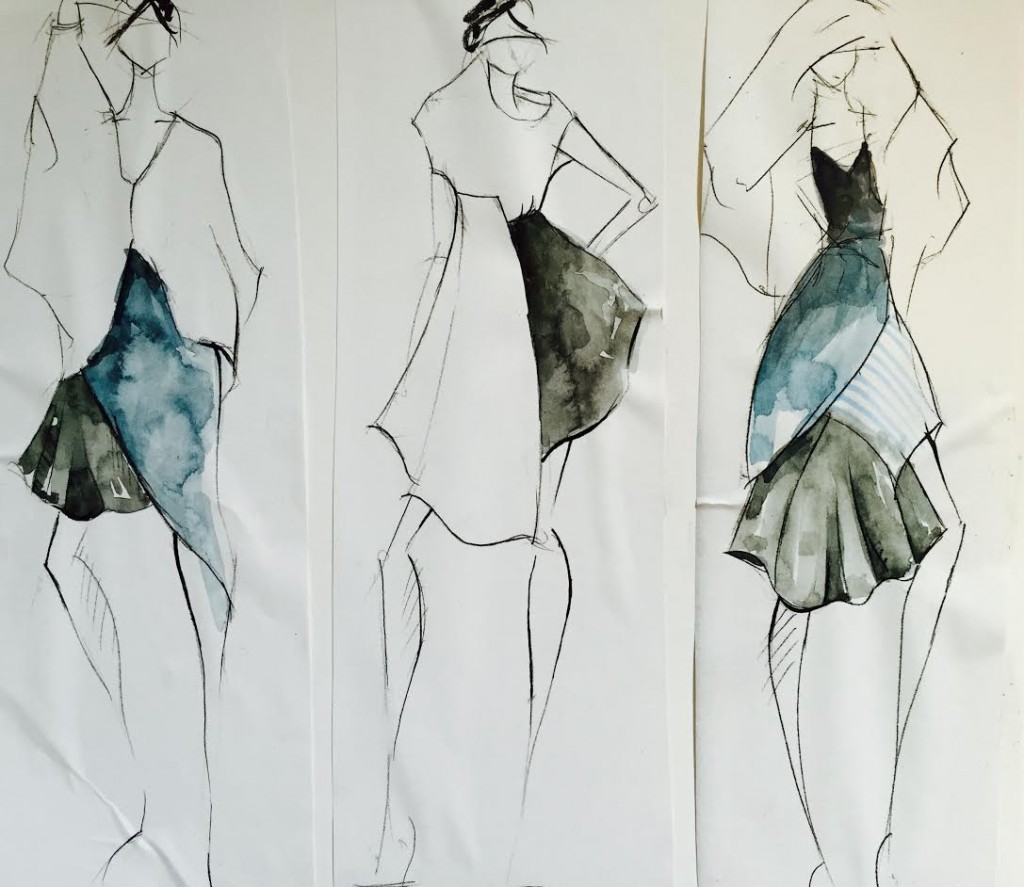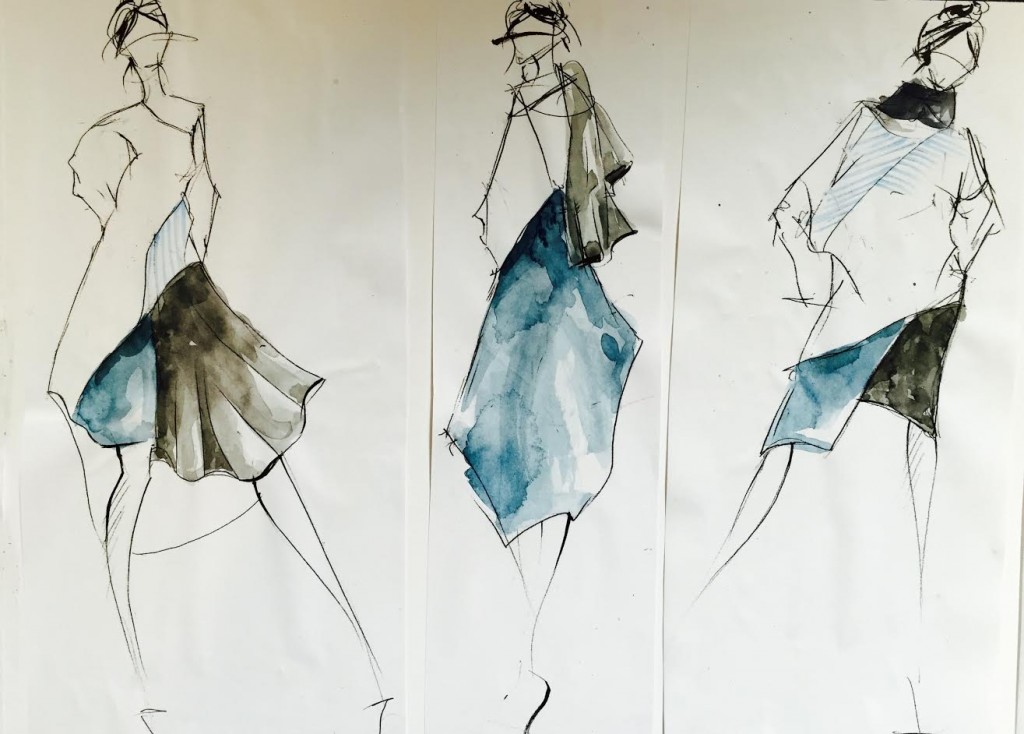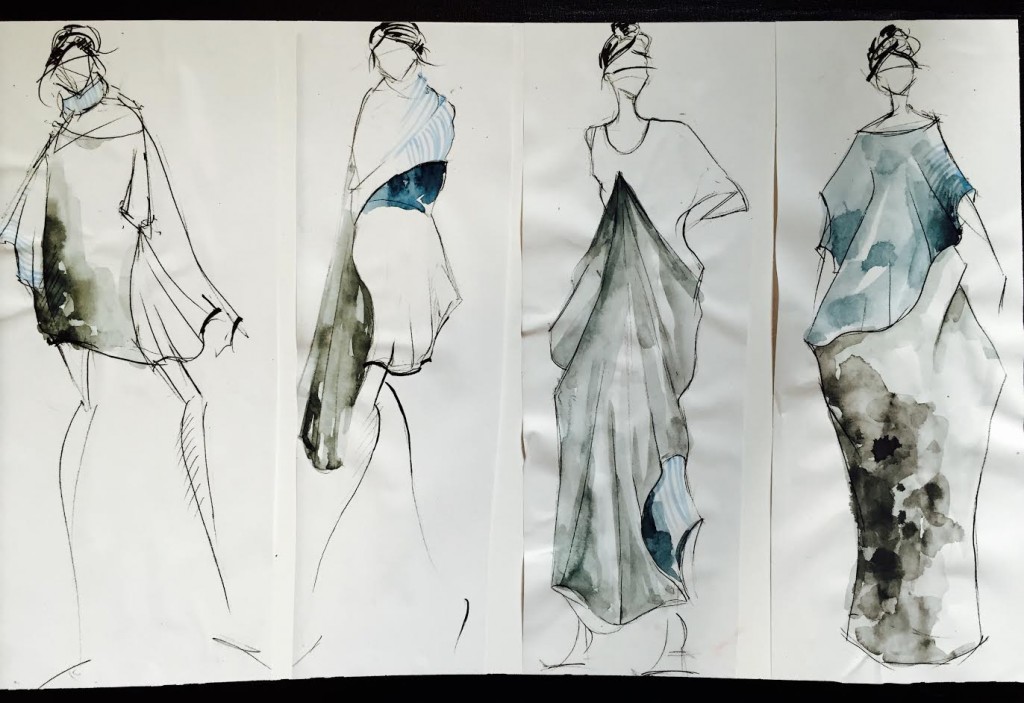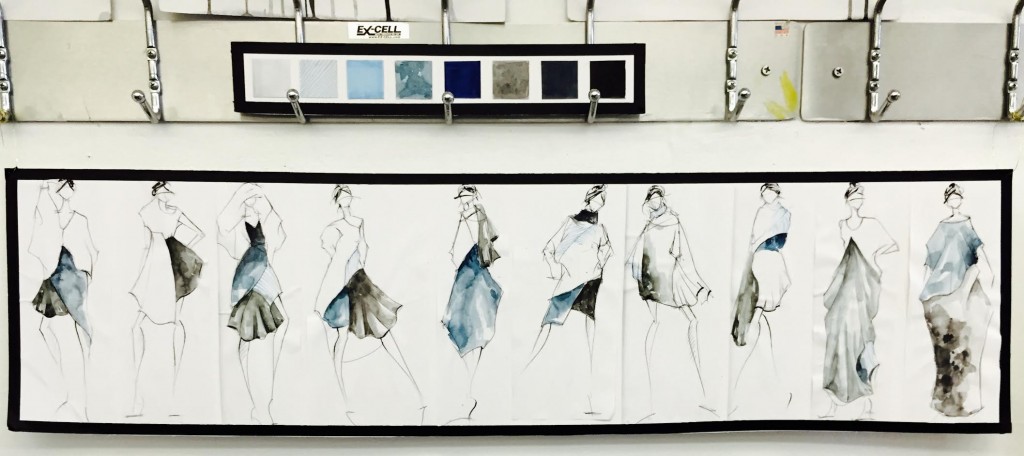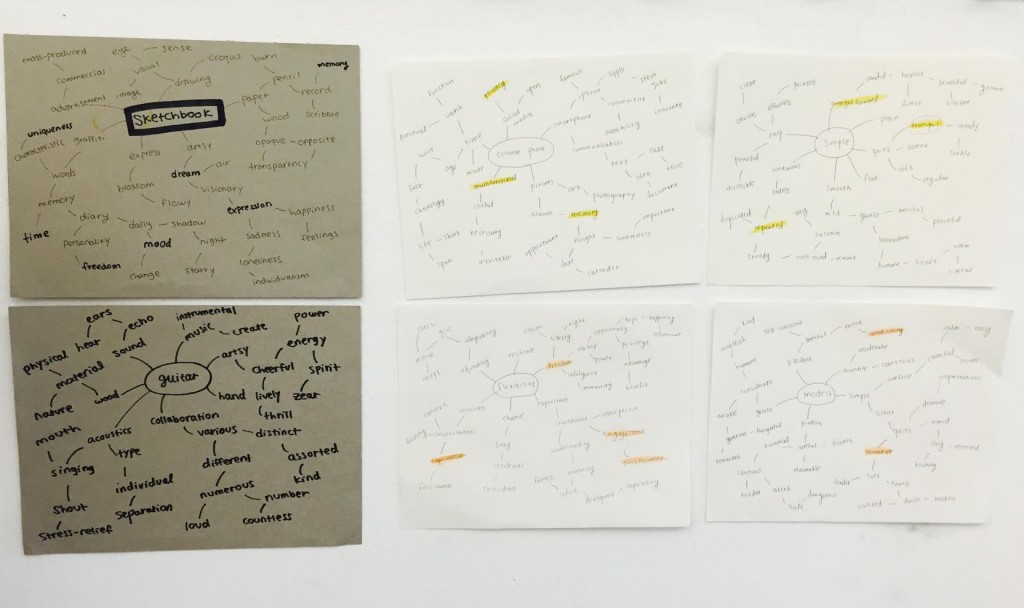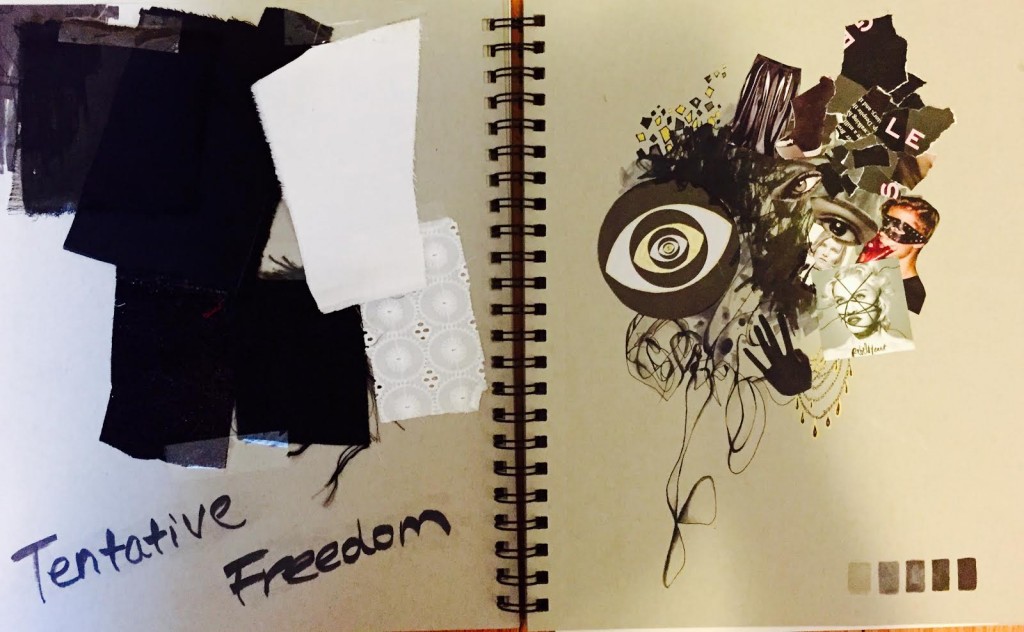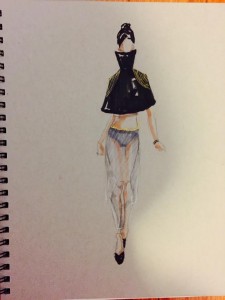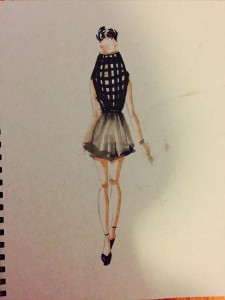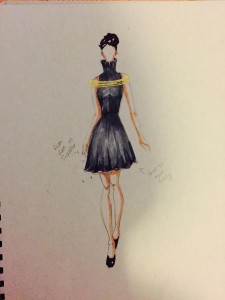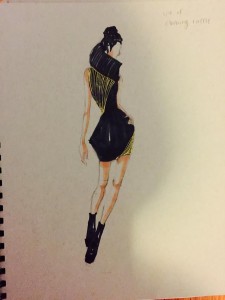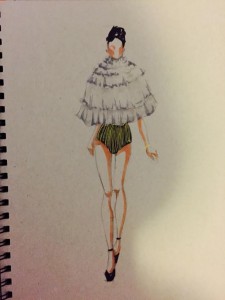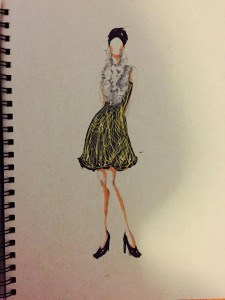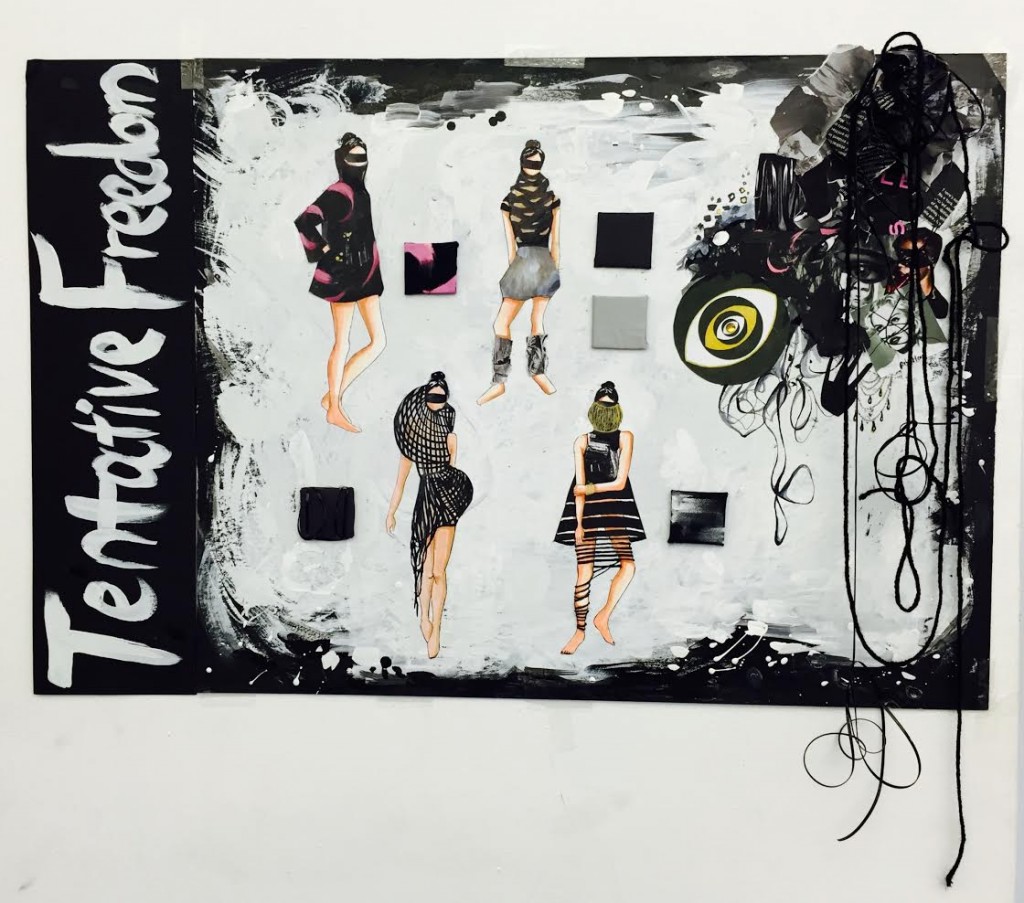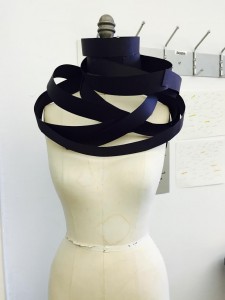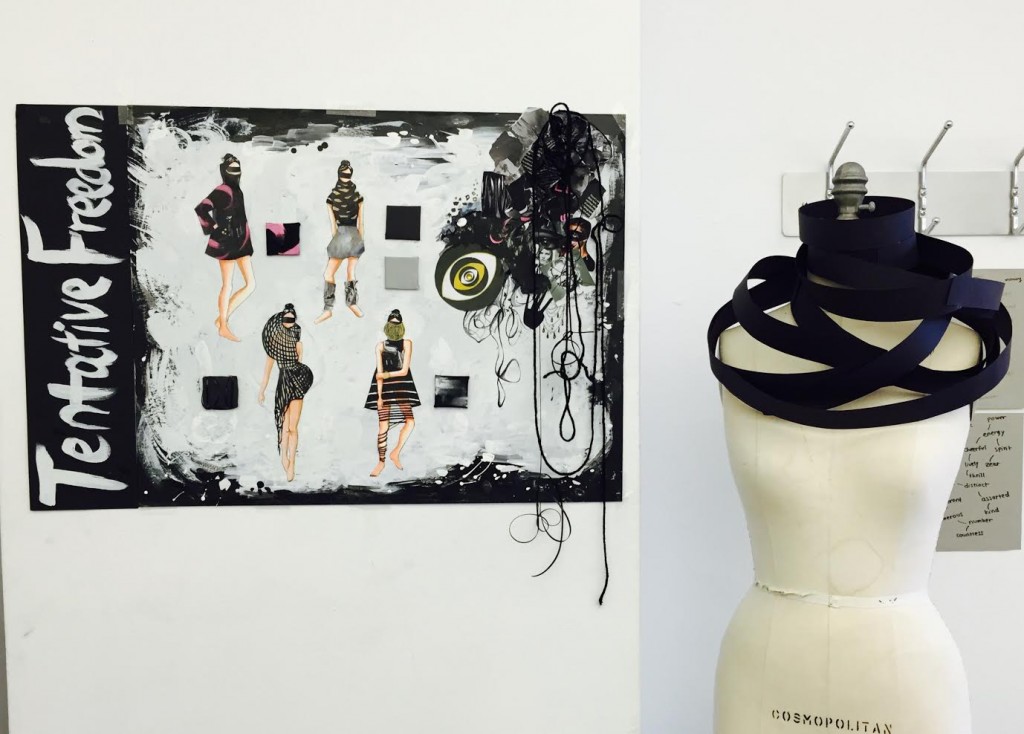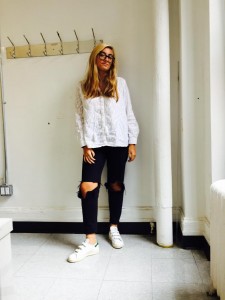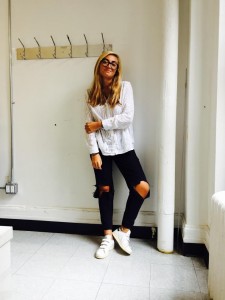Project 1: When I go back, I go forward
Part 1: 1-page reflective statement
Reflective Statement
Part 2: Research
Fast fashion is an industrial trend that refers to the concept of shortening lead time and offering new products to the market as fast as possible. Although people nowadays prefer to purchase clothes from fast fashion companies, there are many harmful effects caused by fast fashion that many people do not know. I want to bring the awareness of the downsides of fast fashion and solve the problems.
I created a video, which shows the downsides of fast fashion.
In order to bring the awareness of the downsides of fast fashion and solve the problems, I came up with the idea of developing a system, which is aimed for protecting the environment.
System Thinking
Events
What just happened?
—> Fast fashion causes environment pollution, copyright problems, and child labor.
Patterns / Trends
What trends have there been over time?
—> The amount of garment disposal and the environment pollution increase rapidly
On average, about “65 pounds of clothing and textiles a year” are improperly discarded
underlying structures
what has influenced the patterns?
—> people do not recycle clothing, just dispose them
mental models
assumptions, beliefs and values do people hold about the system? What beliefs?
-> recycling clothing
In order to protect the earth and live in better environment, everyone should take care of what they do.
Small change can make a huge difference
For the next generation to live in better places, the environment pollution caused by fast fashion should not be neglected
In order to protect the environment, people should participate in donating disposable garments.
After donation, consumers will get 25% discount for the next purchase.
Process —> set up a factory, which collects leftover or disposable garments and reproduce into completely new garments
Diagram for the system thinking
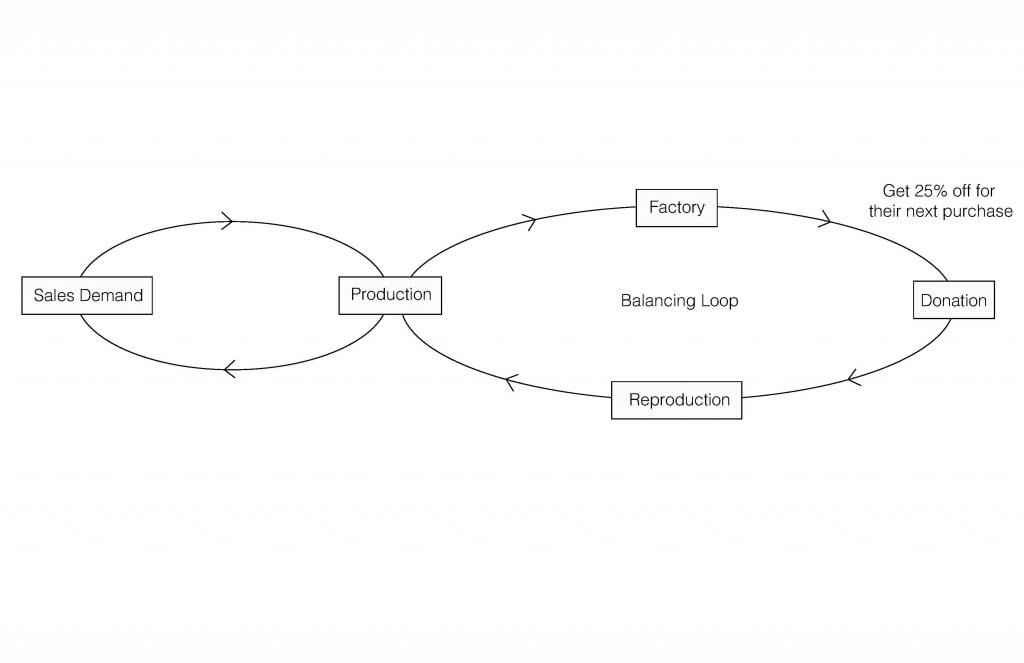
Mood Board
Two contrasting images, showing how the advertisement shows the fast fashion, and the reality of the process of creating fast fashion clothing’s

Expression towards the issue of the fast fashion
Sad, gloomy, desperate, dark
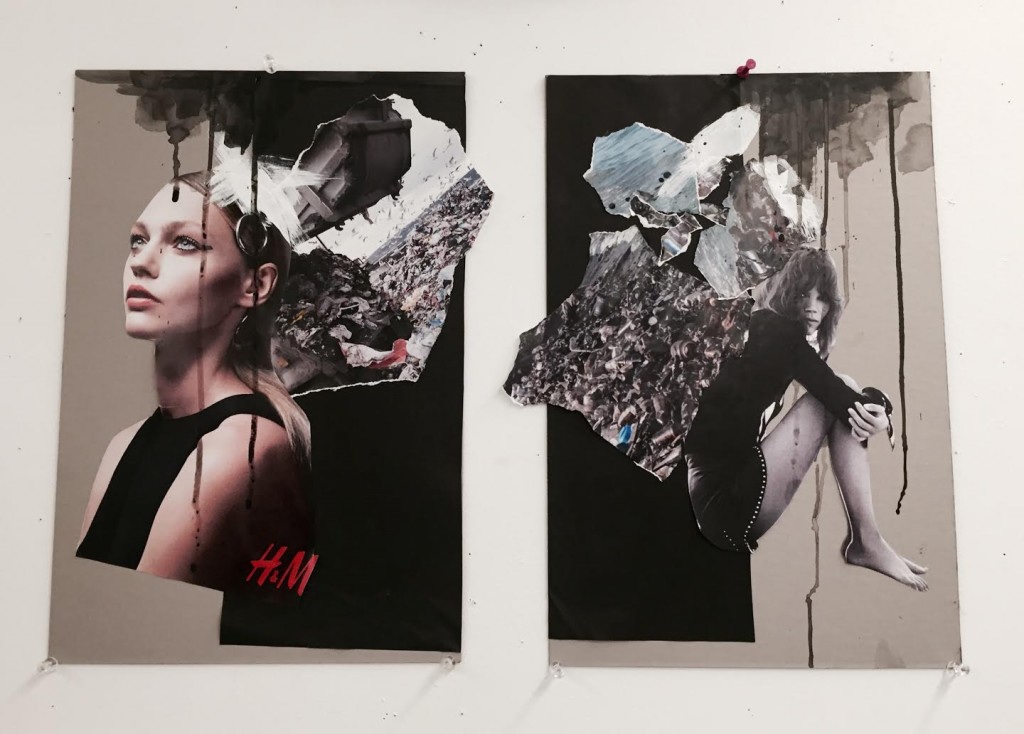
Part 3: Synthesis
<Process>
Practice new way of draping

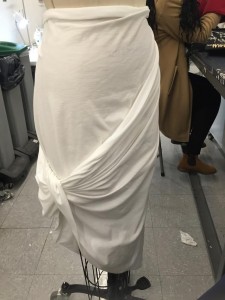
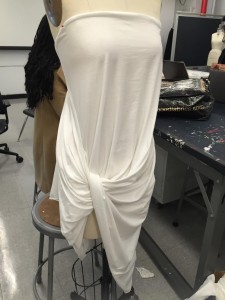
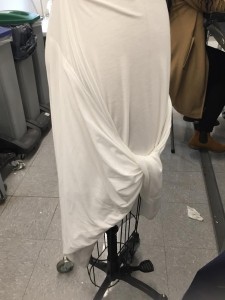
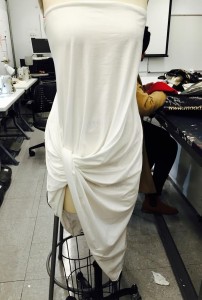
First Draping for My Design
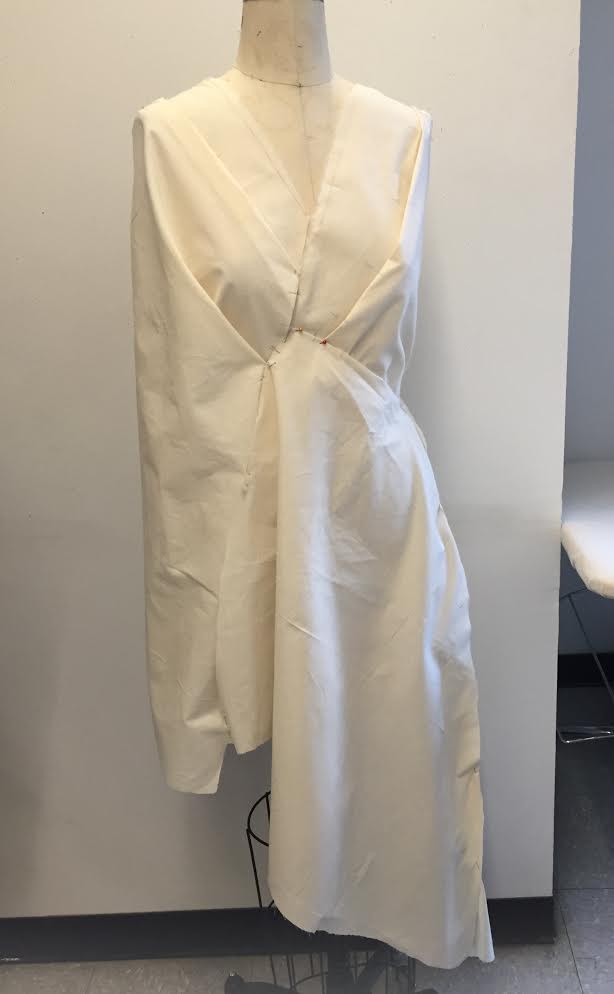
Pattern Making
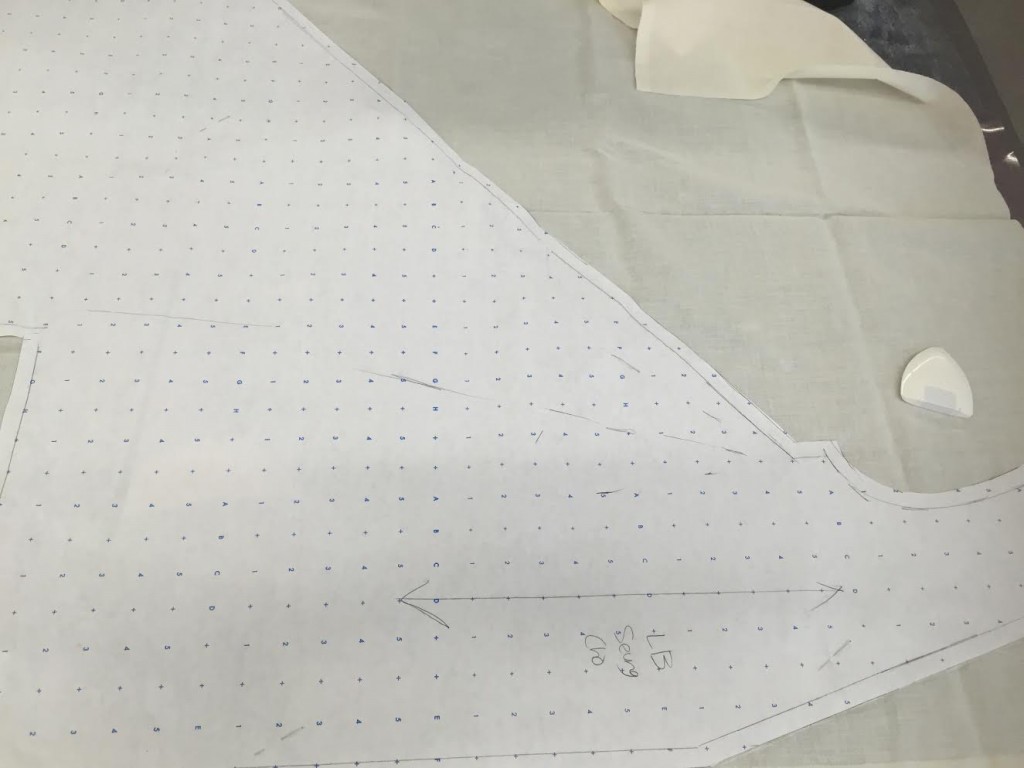
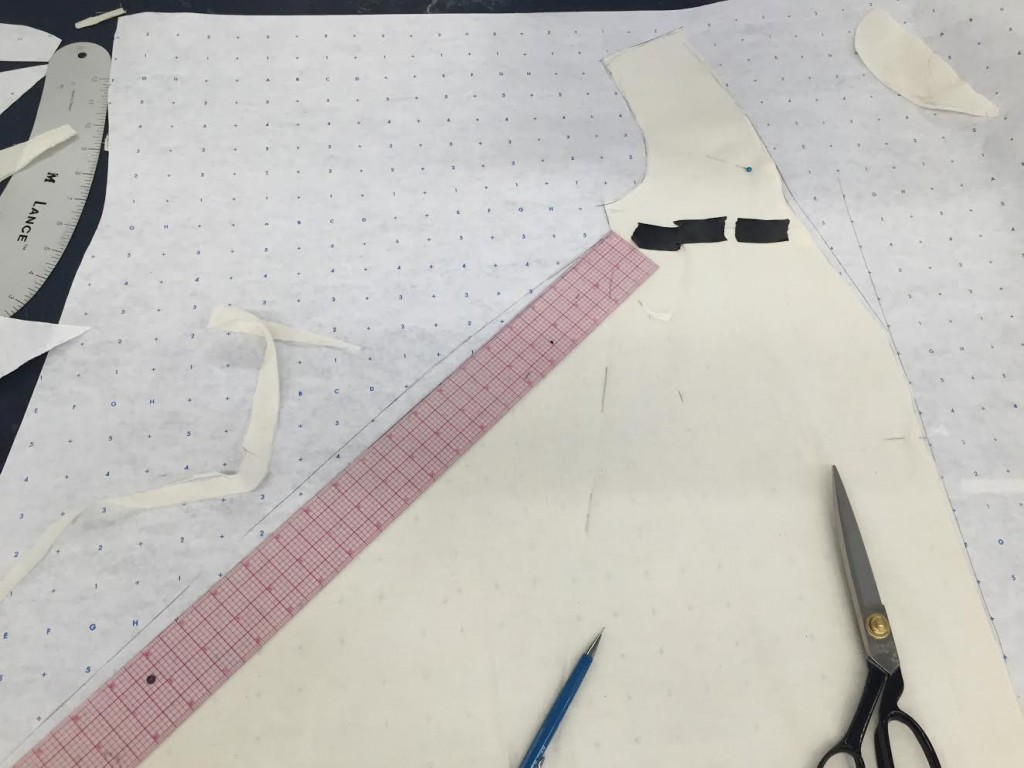
After creating patterns, I cut out new pieces and sew the pieces together.
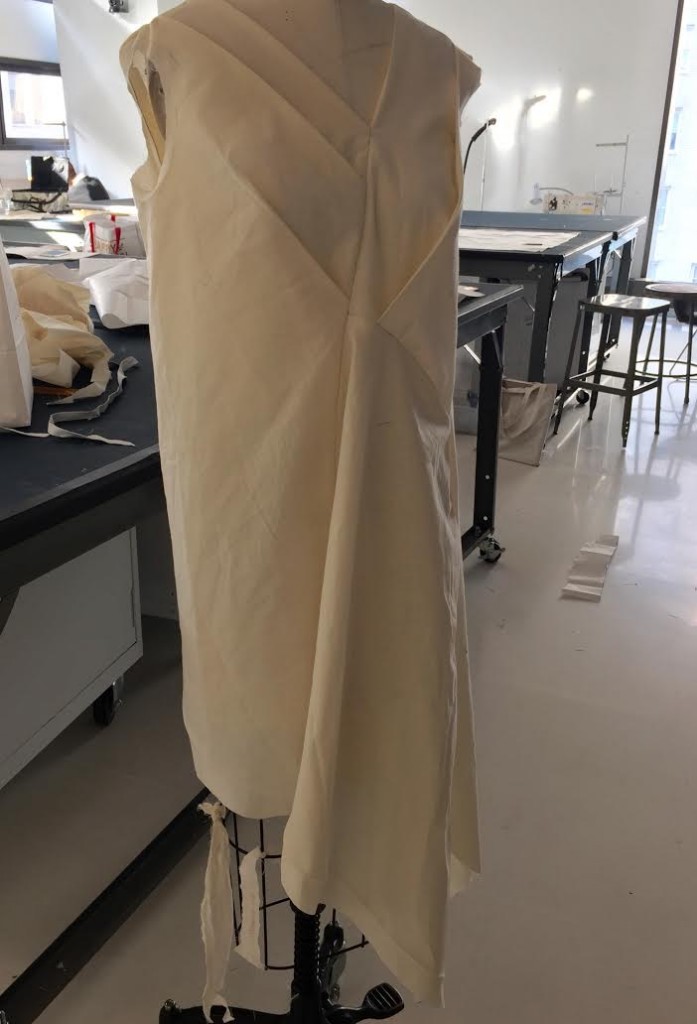
Final Draping
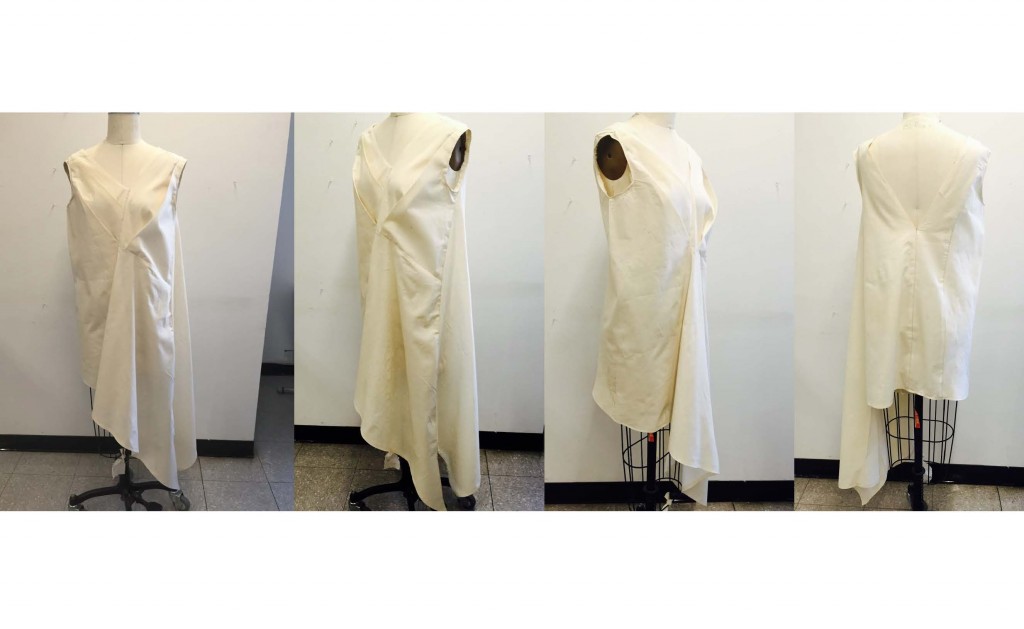
Collection
For the collection, I want to use natural colored fabrics that are not synthesized. Also, since the color of the fabrics are simple, the shape and patterns will be distinctive and oversized, so many people can wear them.
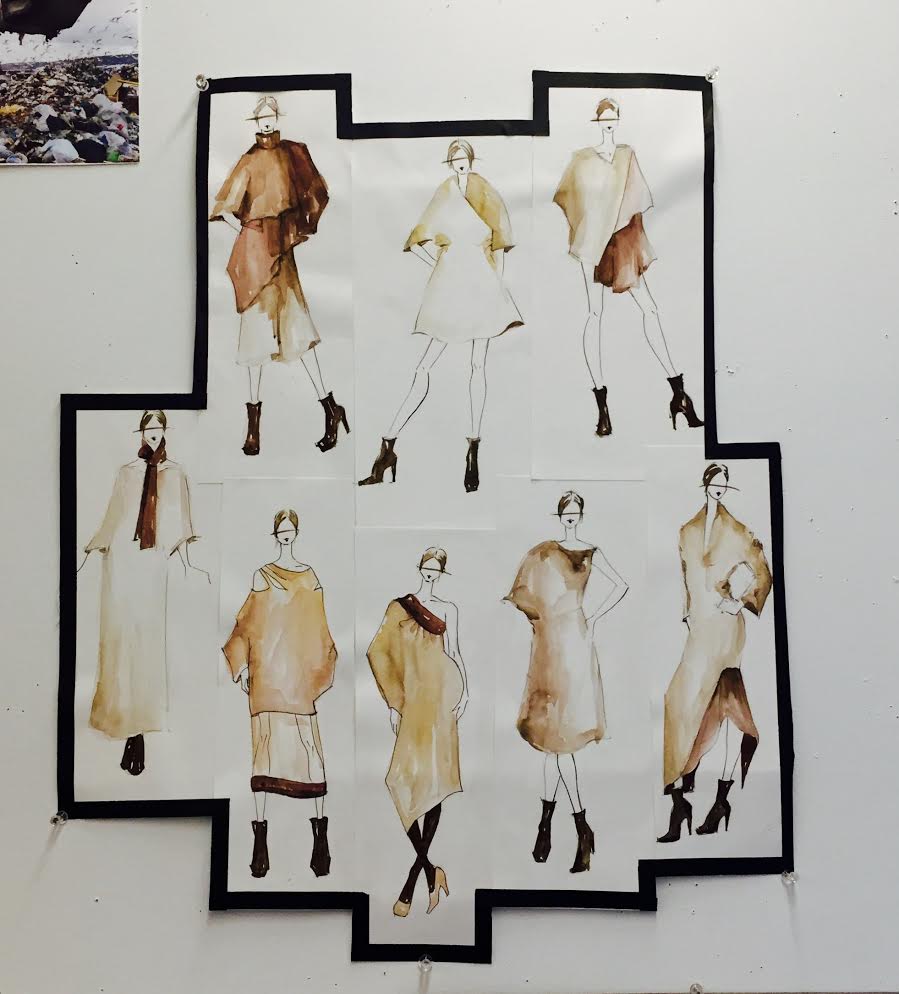
3 Final Collages / Design


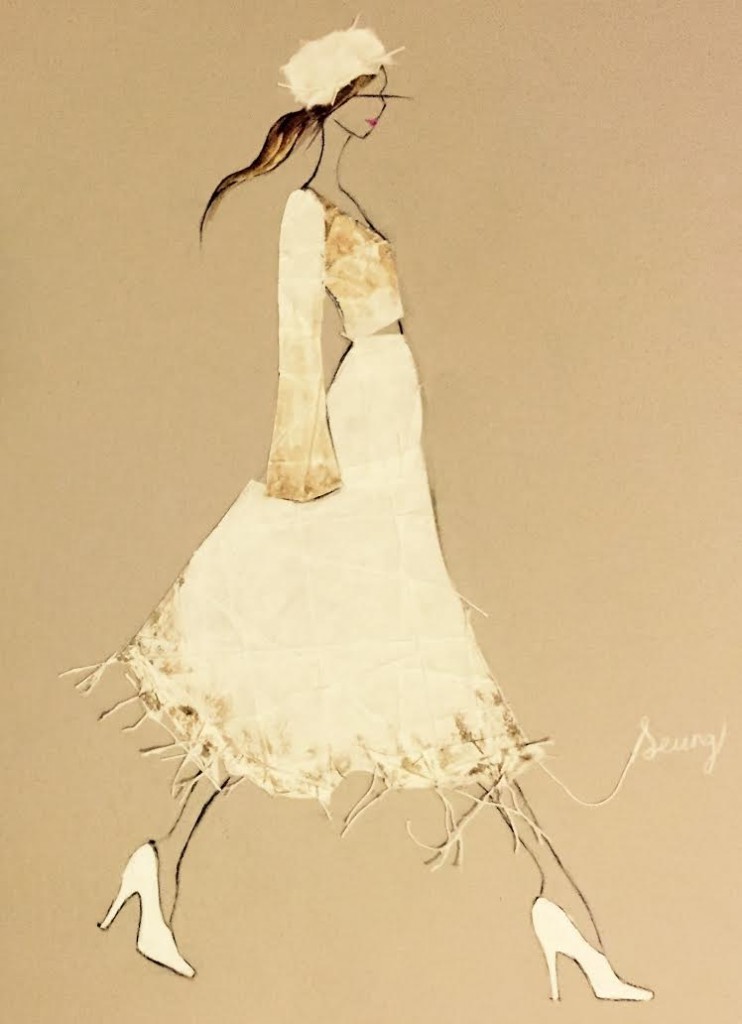
Final Presentation
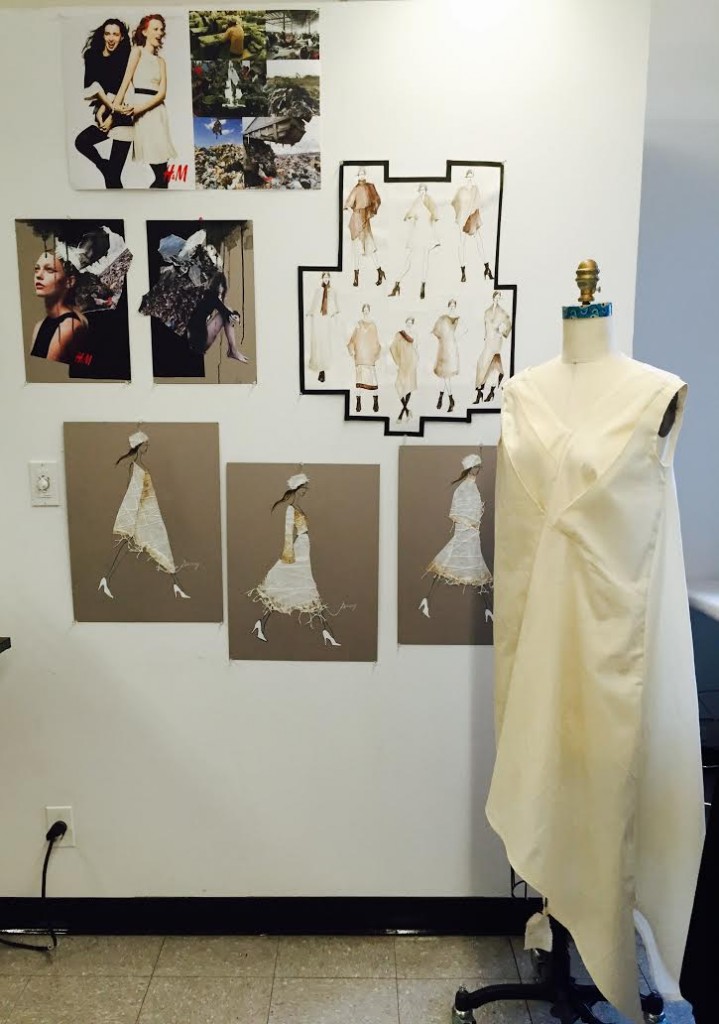
From this collection, I want people to be aware of the downsides of fast fashion and start to recycle their clothing. The leftover fabrics or garments can turn out to be completely new look, as well as prevent from the environment pollution.




